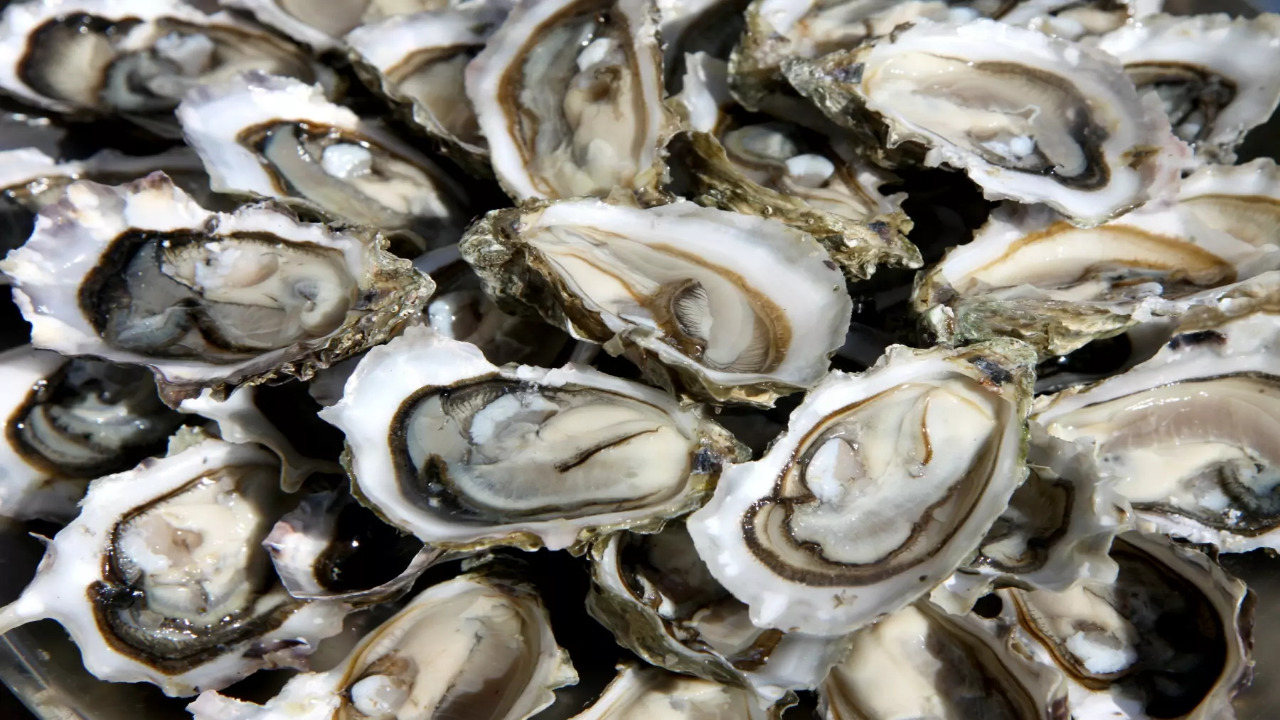What are the types of seafood?
Seafood has been a staple in human diets for centuries, offering a wide range of flavors and textures that cater to various culinary preferences. From delicate fish to briny shellfish, the world’s oceans and freshwater bodies provide an abundant array of seafood options. Among these delectable choices, the luxurious beluga caviar stands out as a symbol of culinary opulence. Whether you’re a seafood enthusiast or a curious eater, exploring the types of seafood available can be a journey of both taste and discovery.
Fish
Fish comprise a significant portion of the seafood offerings. Ranging from the flaky white flesh of cod to the rich flavors of salmon, fish come in a myriad of sizes and flavors. Some popular choices include salmon, tuna, cod, haddock, and trout. These fish can be prepared through various cooking methods, such as grilling, baking, or pan-searing, making them versatile options for any kitchen.
Shellfish

Shellfish, often celebrated for their sweet and briny flavors, encompass a diverse category of seafood. This group includes crustaceans, mollusks, and cephalopods. The world of shellfish features delicacies like shrimp, crab, and lobster, each with its unique taste and texture. It’s worth noting that those looking to indulge in culinary luxury might consider where to buy beluga caviar, a prized delicacy sourced from sturgeon roe.
Mollusks
Mollusks offer a range of seafood experiences, from the tender chewiness of calamari to the earthy richness of escargot. Clams, oysters, and mussels are other popular mollusk options that find their way into various cuisines around the world. The way mollusks are prepared can greatly influence their taste, with options like grilling, steaming, or serving them raw as in the case of oysters.
Cephalopods

Cephalopods, a subgroup of mollusks, include creatures like squid and octopus. Their unique textures and flavors set them apart in the seafood world. Calamari, for instance, offers a delightful combination of tenderness and a subtle oceanic taste. Octopus, when prepared correctly, can be surprisingly tender and flavorful, making it a sought-after ingredient in many coastal cuisines.
Crustaceans
Crustaceans, with their tough exoskeletons and sweet meat, are a favorite among seafood enthusiasts. From the sweet flesh of crab to the succulent taste of lobster, these creatures have earned their place on upscale restaurant menus and backyard barbecues alike. Their versatility in cooking methods allows them to shine in dishes ranging from bisques to buttery lobster rolls.
Health Benefits of Seafood
Beyond their culinary appeal, seafood also offers several health benefits. Rich in omega-3 fatty acids, vitamins, and minerals, many types of seafood are considered a heart-healthy option. Regular consumption of seafood has been linked to reduced risks of heart disease and improved brain health, making it an excellent choice for those looking to maintain a balanced diet.
Environmental Considerations
While enjoying seafood, it’s crucial to consider the environmental impact of your choices. Overfishing and habitat destruction have posed significant threats to marine ecosystems. Opting for sustainably sourced seafood helps promote responsible fishing practices and supports the preservation of aquatic environments for future generations.
Culinary Uses of Seafood

Seafood’s versatility extends to its culinary applications. From simple grilled fish fillets to intricate seafood paellas, chefs around the world utilize seafood in an array of dishes. The delicate flavors of seafood can be enhanced with fresh herbs, zesty citrus, and aromatic spices, allowing for endless creative possibilities in the kitchen.
Conclusion
In the realm of culinary delights, seafood stands as a diverse and intriguing category. From the indulgent experience of enjoying beluga caviar to savoring the simple pleasures of a well-cooked fish fillet, seafood offers something for every palate. By exploring the vast world of seafood, we not only enrich our taste buds but also gain a deeper understanding of the oceans’ treasures and the importance of their preservation.

